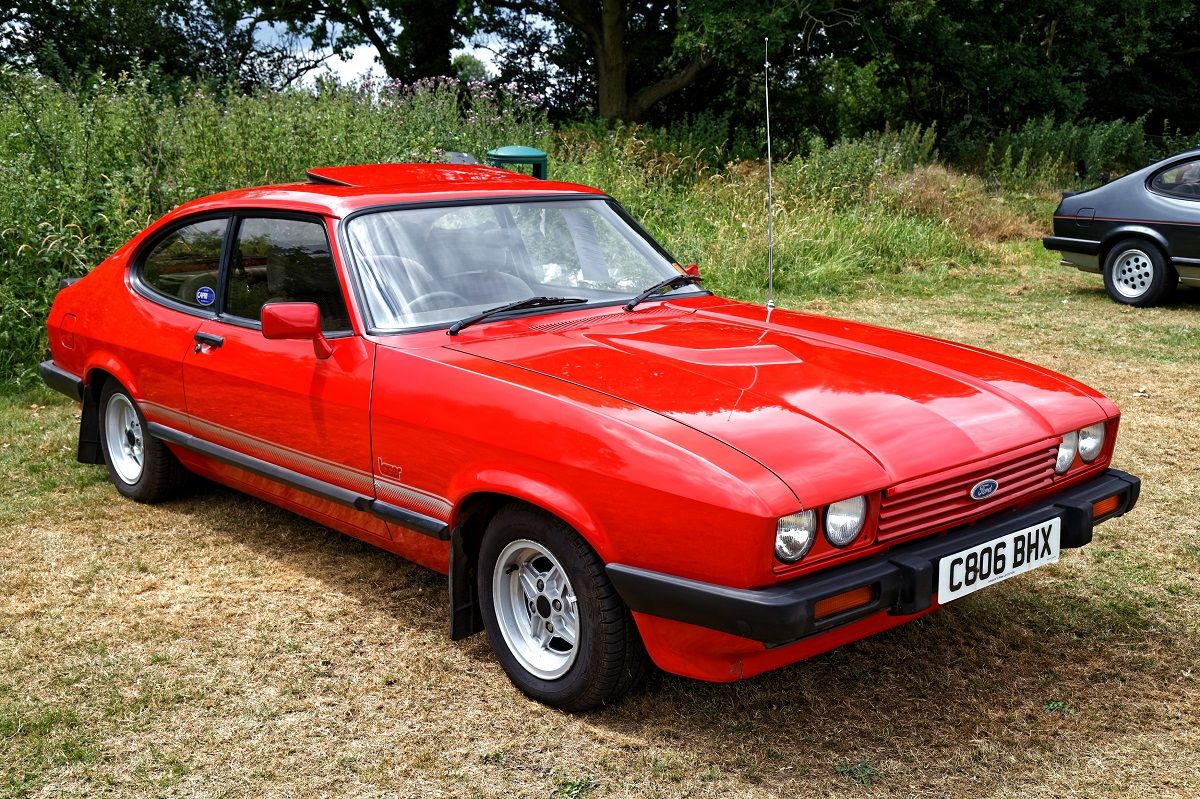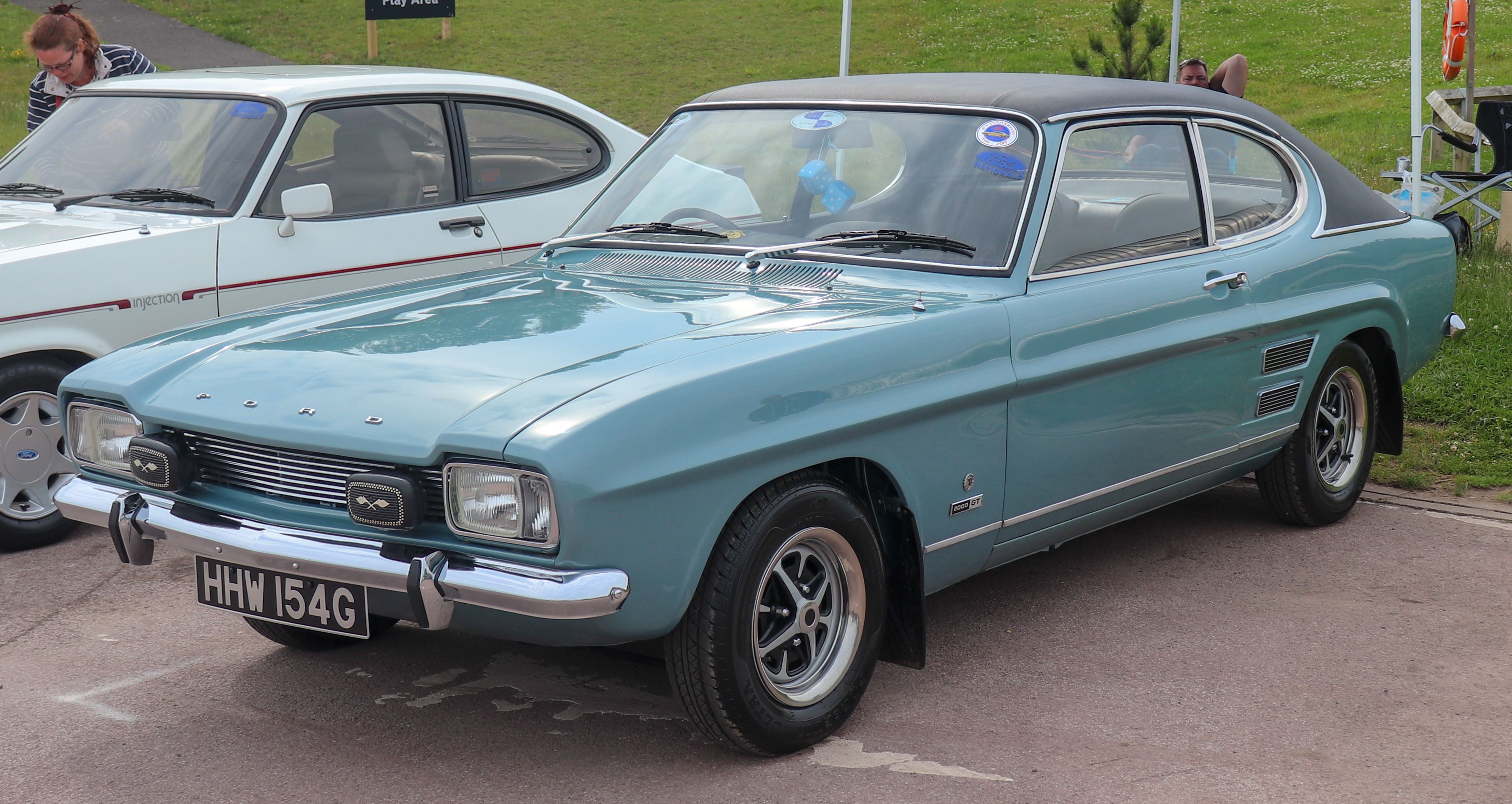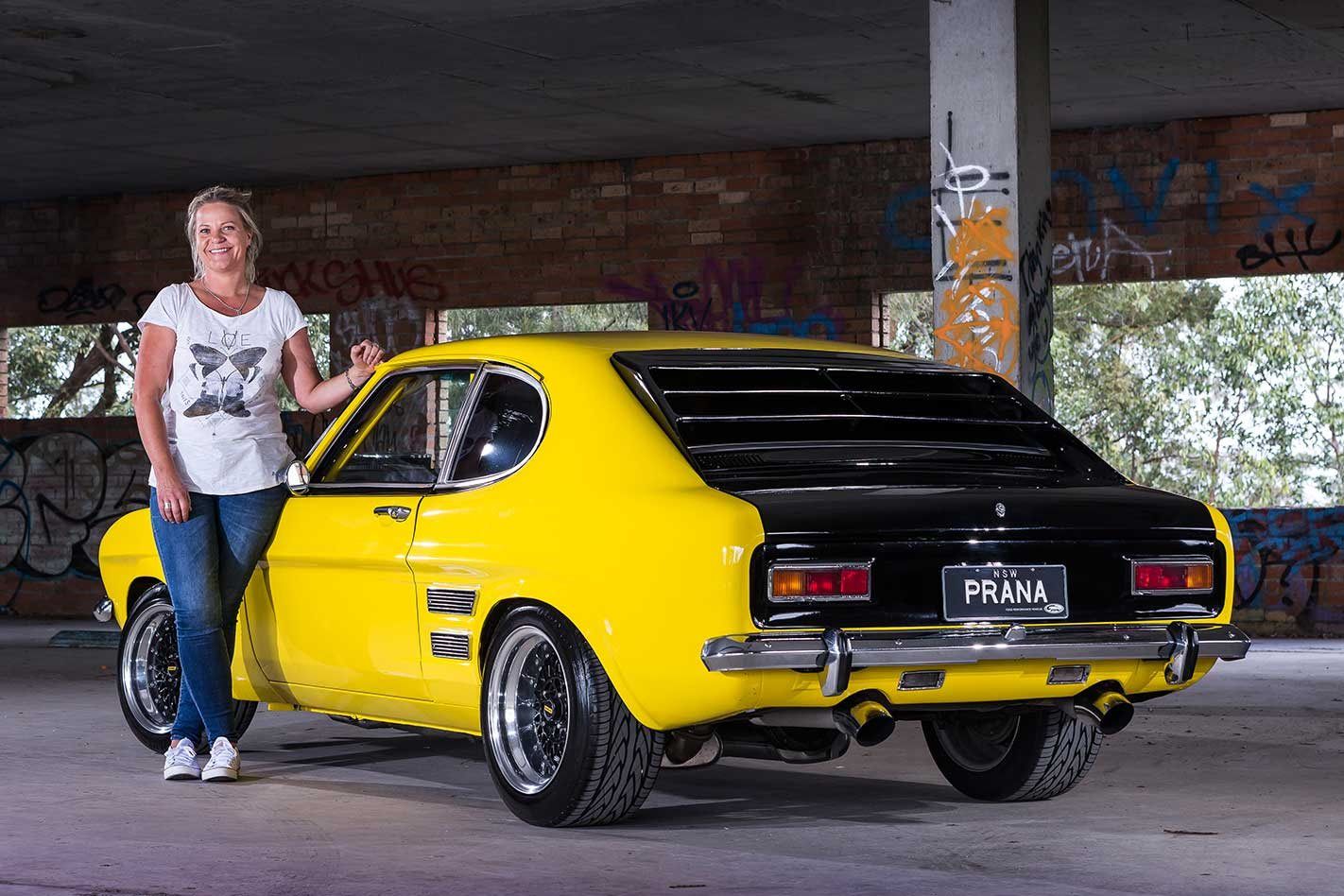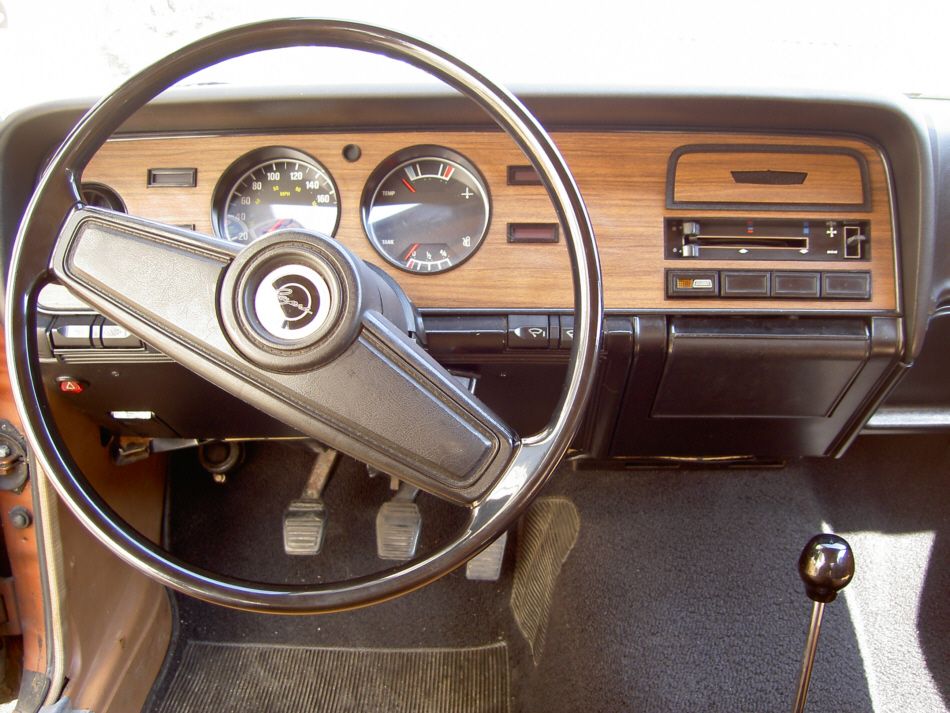The Ford Capri has been called many names; 'Europe’s muscle car’, ’The Basildon Bullet’ and ’A Cortina in Drag’. And today, its value just continues to keep rising. For some reason this fastback coupe is still insanely popular, in fact, it seems to have a cult following in many parts of the world. And dare we say it, it’s difficult to work out exactly why.
Having owned one of these cars some years ago, I do have some first hand knowledge of what they’re like to live with. And more importantly what they’re like to drive.
The first of the Capris were born in 1968, at a time when the Beatles and the Rolling Stones were just starting to fill their bank accounts, and London was the swinging place to cruise around in. Ford’s previous offerings, the Escort and Cortina (in standard guise), just didn’t cut it with the younger generations.
These mainstream vehicle models were slightly boring, and young people were screaming out for something that not only looked cool, but didn’t break the bank.
The Capri Filled A Spot In The Market
So when Philip Clarke was told by Henry Ford to design a car, like the Mustang, for the European masses, the results of his work were received with open arms. The Capri quickly became a very popular ride, with lots of young Brits hungering after them.
Ford advertised it as “The Car you always promised yourself”, and they produced a huge range of engine sizes to suit just about every type of buyer's pockets. Up until its demise in 1986, when it was killed off by the Hot Hatch revolution, the Capri sold surprisingly well, and not just in Europe; Ford shifted almost 1.9 million units.
There is obviously a huge amount of nostalgia attached to this European muscle car. People who owned these cars years ago, may have a long-term love affair with them, that many will probably take to their graves. And there are likely to be many of you reading this that hold a certain affection for this legendary fastback coupe, which first hit the streets over fifty plus years ago. (If so, please cover your eyes now!).
But are we looking at this car through rose-tinted glasses?
Okay, it does look pretty good, with its long, sloping hood, tastefully curved rear-side window and sporty coupe bodystyling. And to be fair, Ford did push out some pretty cool engines, the 2.8i, 3.0 and 3.2 really do stand out. But with the values of these cars rising to near silly numbers, the question we have to ask is, are they actually worth the money?
A recent online sales site showed a 1974, Mk1, 3,0 liter model, with 96,000 miles on the clock, up for sale at $48,000. And a 1979, lowly 1.6 GL, with 33,000 miles, for $15,500. Both of these cars would likely to have been sold for less than $8,000 when they were new.
Perhaps it’s their rarity, that’s driving up values. These cars, like many from the era, suffer badly from corrosion, and its hard to find one that has rust-free bodywork. It could be that many of these Basildon Bullets have fallen foul to the scrapyard, and we’re all busy bidding on the final few that are left.
Or, is it our celebrity obsessed mentality, that’s making this car so desirable. The thought of being Bodie or Doyle from the Professionals, or Terry from Minder, or perhaps Del Boy from Only Fools and Horses. Could our love of 1980's TV perhaps be the driving force behind our fondness of these cars?
Maybe it's a different type of desire. A desire to return to a more care-free era, one where smoking was the done thing and ash trays in cars took up half the dashboard. Are we seeking out cars that evoke fond memories, memories of times now passed. Could it be we're reminiscing over the many hours we spent working on one, with our heads in the engine bays, desperately trying to fight off the need to call in an expert. Or perhaps we remember the one that our dad, or our uncle, or maybe even the one that we owned, that will forever hold a special sentimental place in our hearts.
When you look at this car today, you also have to ask the question, is our fascination with this car just about the way it looks?
We will admit, it does look pretty good for a cheap 60’s coupe. It has some sharp curves and comes in some fairly loud (and some not so great) colours. Not to mention the fact that you can source loads of fancy accessories for it, such as spoilers, cool alloy wheels, and horrible plastic rear window slats. And when its sitting beside a Mini Cooper in the car park, admittedly, it does compare well. Also, a fluffy dice does look brilliant once its perched on the rear driver's mirror, behind the stick-on sun visor which really sets the windscreen off (smile).
But the problem with this car starts when you turn the key. Because, unfortunately the driving experience is, like the car itself, fifty years old. Most of them handle like bathtubs. And I know many readers will argue, saying certain models have improved suspension systems, better tyres and upgraded steering components, and that it is probably unfair to generalise, but the majority of these cars were a nightmare to control at speed around tight bends, and they were terrible in the wet.
They say that the 1970s was the golden age of the Capri, and that’s for a reason. It was an okay car, back in the day, and that was 'its day'. But today, if you drive one on the road, you will undoubtedly get a feel for all of its inadequacies. Heavy steering, slow gear changes, tough clutches and worst of all, brakes that scare the living daylights out of you. When you press your foot down on the brake pedal you have to wait, for what seems like an age, for the servo-assisted brakes to respond, breathing a sigh of relief when the pads finally engage, and you narrowly escape shunting the vehicle in front.
Okay, I get the fact that they are now classics, and everyone has to love a classic car, because they are old and its the done thing. But this car is like a 1960’s Decca Vinyl Record Player, it looks really cool because of its age and styling, but under its nostalgic exterior the Decca just sounds awful, with a scratchy needle that doesn't do any favours for the tune.
The Capri’s cabin is cramped, there’s hardly any rear seat legroom, and height-space on the rear seat is non-existent. The instrument panel is poorly designed on early models, it just doesn’t have the same beauty that other carmakers of that day delivered, such as MG and Jaguar. And it doesn’t come with any low oil, water or battery warning lights, so the only way to avoid major engine trouble is to get under the bonnet and check them yourself, regularly.
And before the Capri owners clubs start to remonstrate, there is a redeeming factor to its handling and drivability. Once a heavy toolbox (I used one) or bag of cement is neatly placed in the boot, the car does handle a little better, albeit a little, and you do find that it’s not so tail-happy in the wet. However, when I look back at some of the 180 degree spins I experienced, today they do seem kind of fun, but they were very frightening at the time, so you may wish to carry a spare pair of jeans in the boot if you do get one.
So, is it a worthy expense? Is it really a quality product, for the money that’s being asked today?
Well, we’re not so sure that it is. Because if your buying a car, you want something that you can drive around, and have fun in. If its a sports car, you want something that offers a few thrills when you plant your foot down firmly onto the accelerator, and something that you can trust when you hit that sharp hairpin bend or negotiate that wet corner. Otherwise, all your really left with, is an ornament.
We don't want to bad-mouth this sixty year old ride, but some of these old engines will leak oil, they’ll be noisy, and probably smoke a lot - just like their original owners did. Many hide rust problems, and their interiors weren't really designed to stand the test of time.
But, in all honesty, we would really hate to see them disappear forever, to that scrapyard in heaven. They are much better placed on Classic Car show stands, Museums and Village Fetes, where they can be admired for what they really are, awesome nostalgia.




